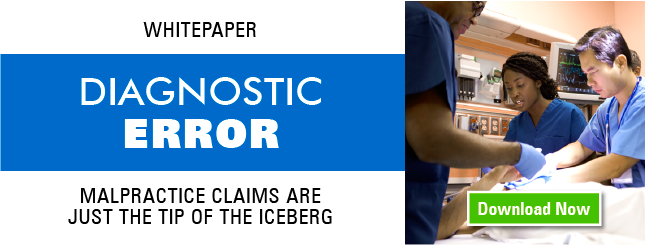
[7 min read]
Editor’s Note: The TSG course on high-risk orthopedic injuries has been updated. The following includes two case reviews and a summary of important issues from that course.
High Risk Orthopedic Injuries
Orthopedic injuries, particularly those involving the extremities, carry a significant risk of complications if not promptly and accurately diagnosed. Conditions such as compartment syndrome, open fractures, and joint dislocations often present subtly, especially in early stages, and require a high index of suspicion from clinicians. When key elements—like mechanism of injury, neurovascular assessment, or timely imaging—are overlooked or poorly documented, the chances of a missed diagnosis increase dramatically.
Case Review
A compelling case example involves a 38-year-old woman who presented to the emergency department with severe forearm pain and swelling. She told the triage nurse she had fallen on her outstretched hand, and this history was echoed by the evaluating physician. The physical exam documented mild tenderness and swelling but omitted a detailed neurovascular assessment. She was diagnosed with a forearm sprain, provided a wrist splint, and discharged with ibuprofen. The next day, her father found her lethargic at home—she had developed septic shock. At the second hospital, she was found to have compartment syndrome requiring emergency fasciotomy and multiple subsequent surgeries.
What complicated this case further—and came to light during litigation—was that her severe forearm injury was not caused by a fall, but rather by IV drug use. Needle marks were present in the antecubital fossa and, according to the plastic surgeon who eventually treated her, she likely injected a caustic substance that triggered the compartment syndrome. Although the emergency physician later claimed to have performed a neurovascular exam, the lack of documentation significantly weakened the defense. Even though the jury returned a verdict in favor of the defense, this case illustrates the dangers of incomplete history-taking and documentation, particularly when patients may not be forthcoming or when their credibility is questioned.
This scenario highlights several recurring risk patterns. A failure to elicit an accurate and thorough patient history, especially when the true mechanism of injury is obscured, can mislead clinical decision-making. Cognitive biases, such as anchoring on the initial story or dismissing patient complaints due to perceived drug-seeking behavior, often play a central role in missed diagnoses. In this case, the assumption that the pain was due to a minor fall, rather than considering alternative causes such as infection or vascular compromise, led to the underestimation of the condition’s severity.
Several high-risk patterns emerge consistently in orthopedic malpractice cases. These include failure to obtain a thorough patient history—especially the mechanism of injury—failure to perform and document a complete physical exam (particularly neurovascular and tendon function), and failure to recognize or consider secondary injuries. “Search satisficing,” a cognitive bias where clinicians stop looking after identifying one injury, contributes to missed diagnoses—often of a second, more serious injury.
Case Review
A notable example of anchoring and search satisficing involves a patient who fell 15 feet from a ladder and presented to the emergency department with right ankle pain. X-rays revealed an ankle fracture, which was promptly treated with a walking cast. However, no further imaging was performed despite the high-energy mechanism of injury. The patient continued to report pain over the following weeks, but it wasn't until a second orthopedic evaluation that a calcaneal fracture was discovered—one that had been missed initially.
This case illustrates classic cognitive errors: anchoring on the initial ankle fracture diagnosis and prematurely ending the diagnostic process (search satisficing). Once a fracture was identified, clinicians stopped looking for other injuries, despite the fall from a height—a mechanism known to be associated with calcaneal and spinal fractures. The oversight led to delayed treatment, increased pain, and eventual surgical intervention. It’s a clear reminder to always consider multiple injuries in high-energy trauma and to avoid settling too early on a single diagnosis.
Imaging also plays a critical role. In many cases, X-rays are either not ordered, misinterpreted, or not followed up with timely radiology review. For example, pediatric elbow injuries often present diagnostic challenges due to complex ossification centers. Missing a supracondylar fracture on initial imaging can delay treatment and lead to complications like compartment syndrome. Proper interpretation and a functional over-read system are essential safeguards.
Timely communication with patients and families is just as critical as clinical care. In extremity injuries, discharge instructions should clearly spell out the warning signs of compartment syndrome—such as increased pain, numbness, or swelling—and instruct patients to return immediately if symptoms worsen. Failure to provide such guidance can be seen as a failure to warn, a frequent allegation in litigation involving delayed diagnoses.
Ultimately, the best defense against poor outcomes and medicolegal exposure is thorough clinical reasoning, meticulous documentation, and a proactive approach to risk. Recognizing when a fracture or dislocation may carry a higher risk of complications, maintaining suspicion even in the absence of alarming vitals or obvious deformity, and educating patients about what to watch for—these are the foundations of safer emergency orthopedic care.


